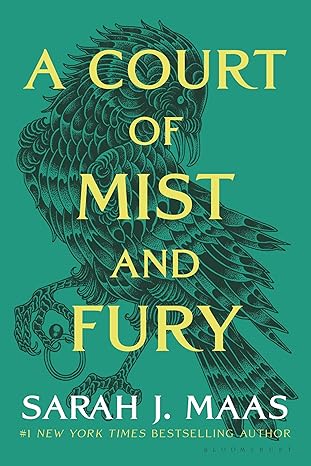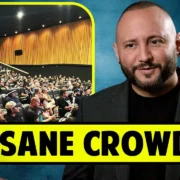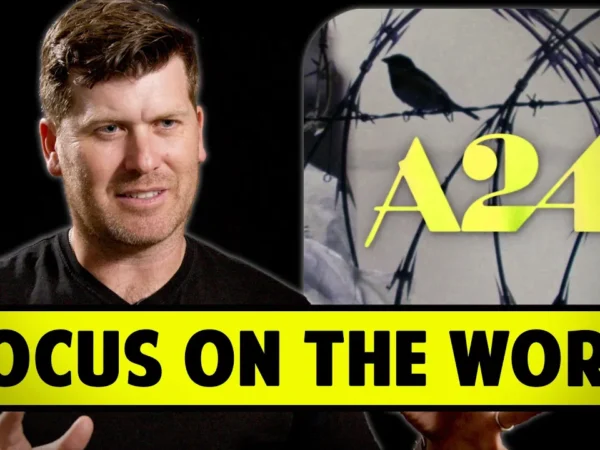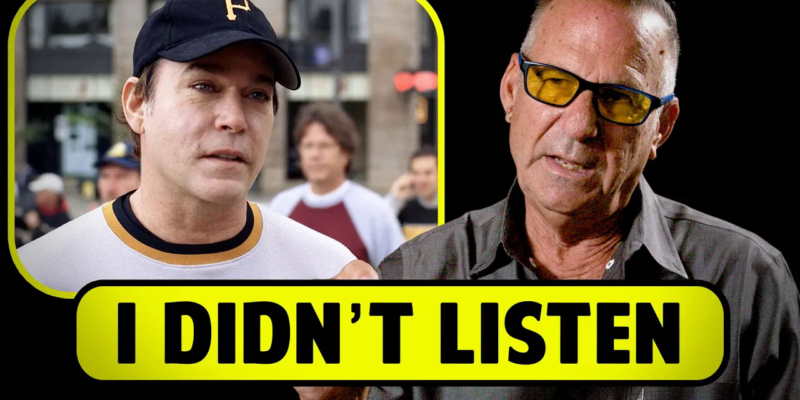
The Journey of Chasing Three Thousand: Overcoming Obstacles in Screenwriting
Introduction to Chasing Three Thousand
“Chasing Three Thousand” is a film that captures the essence of storytelling through its unique narrative and compelling characters. The film’s journey begins with a writer from Cincinnati, who, despite initial skepticism about his background, crafts a story that resonates with audiences.
“This isn’t a bad story, but this guy is from Cincinnati. What does he know?”
This quote highlights the challenges faced by the writer in establishing credibility and the importance of storytelling in overcoming such hurdles. The film not only explores the writer’s personal journey but also emphasizes the universal appeal of a well-told story.
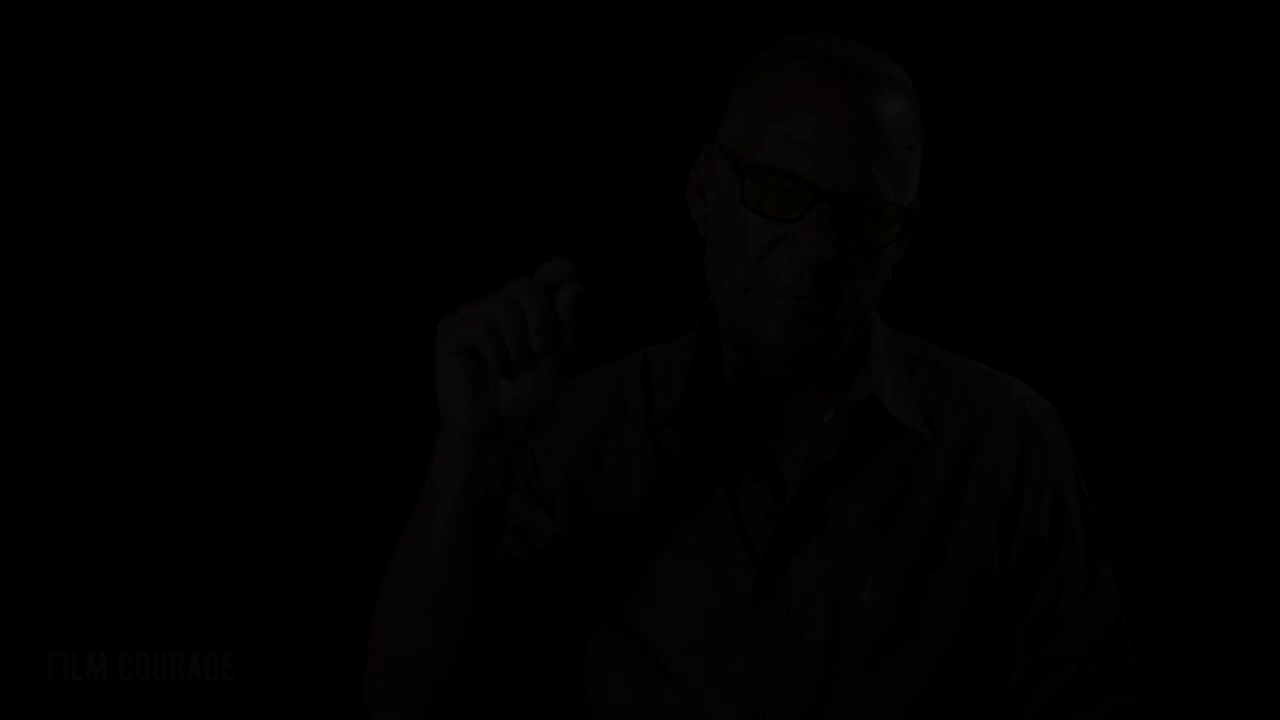
This section sets the stage for understanding the film’s background and the writer’s journey, paving the way for further exploration in the subsequent sections.
The Writer’s Background and Initial Challenges
The journey of the writer behind “Chasing Three Thousand” is marked by determination and overcoming skepticism. Initially, the writer faced doubts from industry professionals due to his geographical location. Being from Cincinnati, he encountered a prevalent bias in Hollywood that questioned his seriousness and capability. This skepticism was encapsulated in a remark he received:
“If he was really serious, he would be here.”
Despite not residing in Los Angeles, the writer had already begun his journey by drafting the original story and writing two or three additional screenplays before returning to “Chasing Three Thousand.” His commitment to becoming a writer spanned fifteen years, during which he frequently traveled to LA for meetings and networking.
One significant challenge was the perception that living outside LA was a disadvantage. A producer once told him he couldn’t succeed from Cincinnati, to which he responded by highlighting his presence in the producer’s office in Beverly Hills. This encounter underscored the bias he faced, as even a Disney contact’s feedback included skepticism about his location.
To counteract this bias, the writer cleverly used his cousin’s LA address and obtained a local cell phone number, creating the illusion of residing in LA. This strategy helped him navigate the industry’s geographical prejudices and maintain his seriousness about his craft.
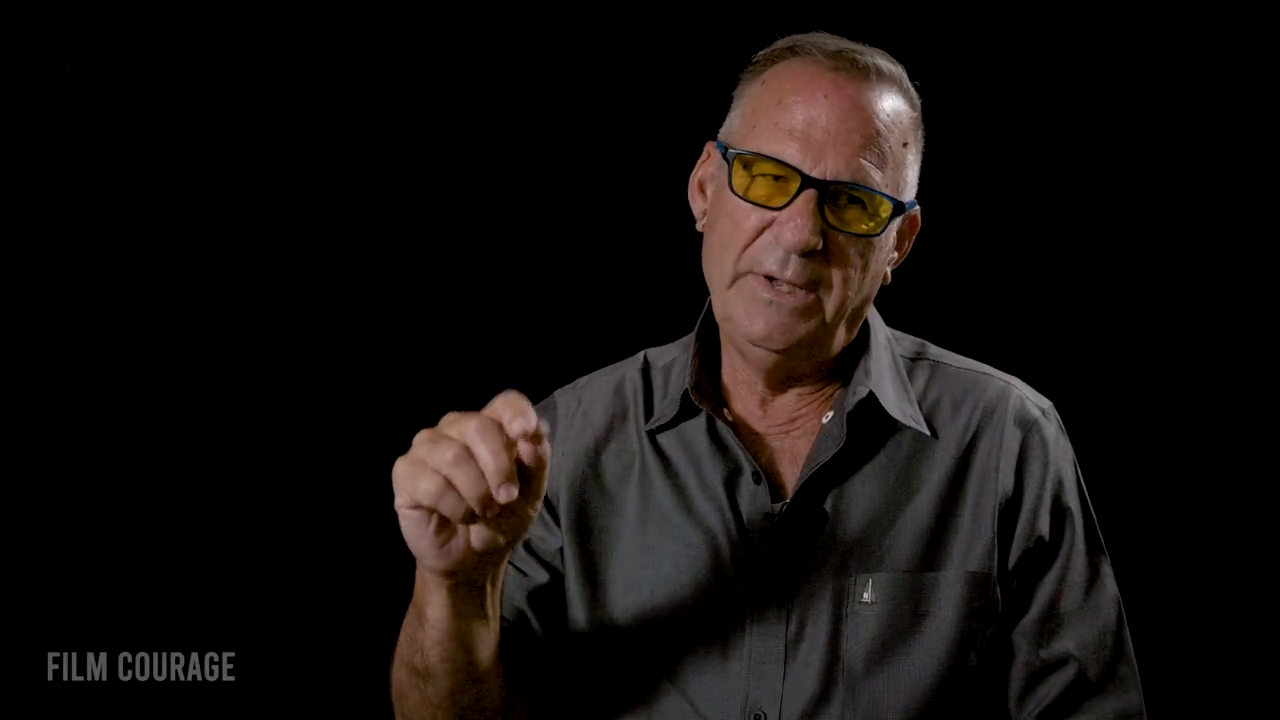
Networking and Building Relationships
In the film industry, networking and building relationships are crucial components for success. The journey of creating a screenplay often involves connecting with the right people who can help bring a project to fruition. This was certainly the case for the writer of “Chasing Three Thousand.”
The writer, despite living in the Midwest and juggling responsibilities as an attorney with four children, made time to pursue his passion for screenwriting. He attended seminars, including those by Robert McKee, to hone his craft. His dedication led him to write a helicopter action screenplay titled “Downward Rush,” which, although not sold, elevated his status among writers and opened doors to meet influential producers.
One significant relationship was with Ryan Johnson, a development person at Mandalay. Although Mandalay passed on the writer’s baseball screenplay, “Chasing Three Thousand,” Ryan Johnson saw potential in it. When Ryan left Mandalay to venture out on his own, he kept the screenplay and maintained a friendship with the writer.
The pivotal moment came when the writer managed to raise a small amount of funding, approximately two hundred thousand dollars. He approached Ryan Johnson with this news, and Ryan’s response was encouraging: “I would say that we can make that movie.” This marked the beginning of the film’s development journey.
“It’s about making contacts and friends.”
This quote encapsulates the essence of networking in the film industry. Building genuine relationships can lead to opportunities that might not have been possible otherwise. The writer’s experience underscores the importance of perseverance, networking, and the power of friendships in achieving one’s creative goals.
Raising Funds for the Film
Raising funds for a film can be a challenging yet rewarding process. In the case of “Chasing Three Thousand,” the journey to secure financing was marked by creativity and determination. Initially, the budget was estimated at $200,000 for a 21-day production. However, this amount was not readily available, leading to some humorous exchanges about the budget’s feasibility.
“I know people with money. I’m just gonna raise the money myself.”
Faced with the challenge of funding, the decision was made to personally reach out to potential investors. The strategy involved leveraging personal connections, particularly those with financial expertise, such as hedge fund managers. This approach proved fruitful when a friend, intrigued by the project, expressed interest.
The involvement of Ray Liotta in the project played a significant role in attracting investors. His attachment to the film added credibility and appeal, making it easier to secure financial backing. Ultimately, the efforts paid off, and $700,000 was raised, turning the project into a reality.
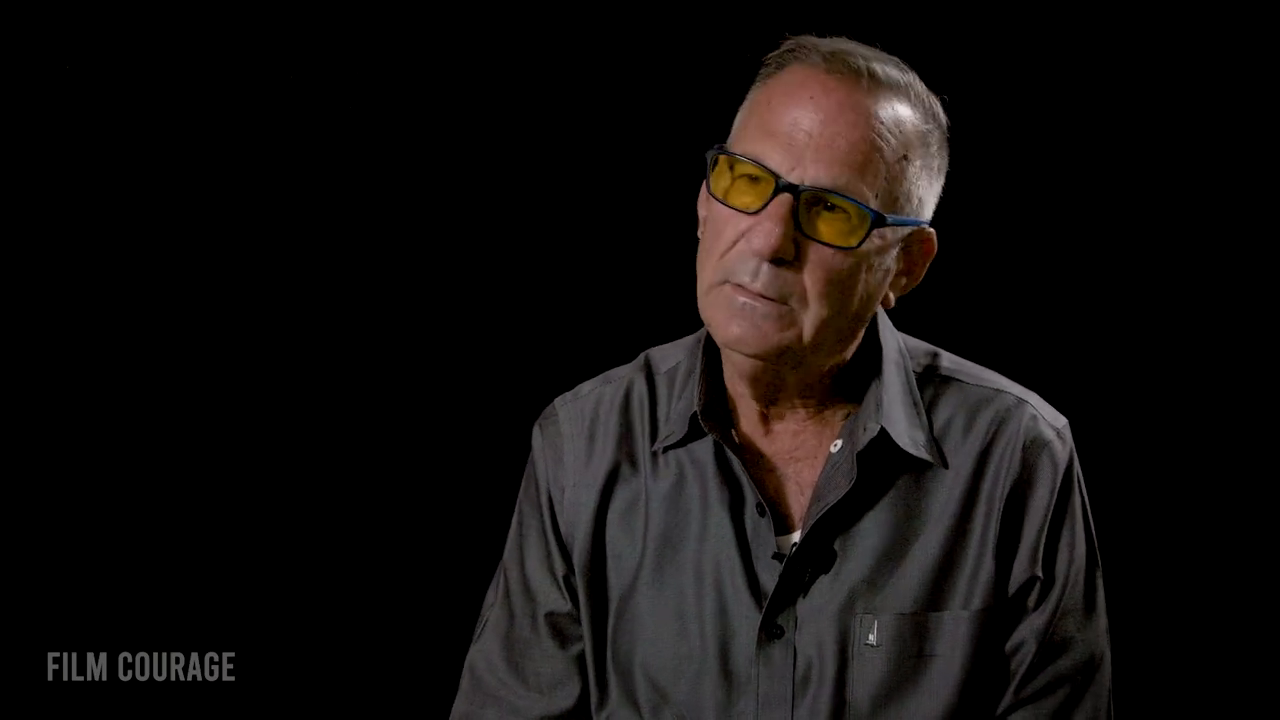
Creative Decisions and Enhancements
In the process of developing the film, several creative decisions were made to broaden its appeal and ensure its success. One of the key strategies was to “make the trip bigger,” which involved expanding the scope of the screenplay to attract a wider audience. This approach is often necessary for films to secure distribution and reach a broader demographic.
“We made the trip bigger.”
Changes Made to the Screenplay
The filmmakers recognized the importance of enhancing the screenplay to make it more appealing to a larger audience. This involved adding new characters and story elements that would resonate with viewers beyond the niche market often targeted by film festival movies. By doing so, they aimed to transform the film from a small, intimate story into one with broader appeal.
Addition of New Characters and Story Elements
Introducing new characters and enriching the storyline were crucial steps in this creative process. These enhancements helped to create a more dynamic and engaging narrative, which in turn increased the film’s potential for success in the competitive market.
Impact of Music Choices on the Film’s Atmosphere
Music played a significant role in shaping the film’s atmosphere. Thoughtful music choices were made to complement the story and enhance the emotional impact of key scenes. This not only added depth to the film but also helped in connecting with the audience on a more profound level.
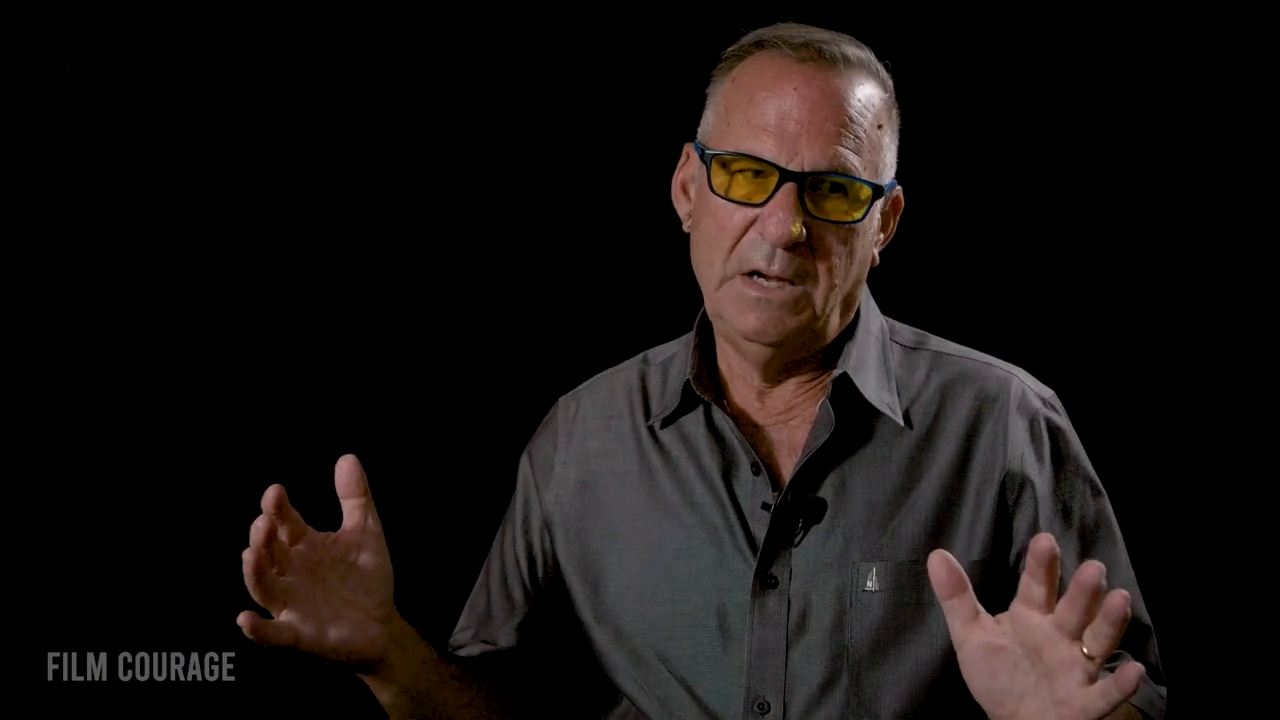
Conclusion and Reflections
Reflecting on the journey of creating “Chasing Three Thousand,” it’s clear that the film’s evolution from concept to production was marked by significant creative decisions and challenges. Initially, the story was considered too intimate, which might have limited its appeal. To broaden its reach, the narrative was expanded, incorporating a cross-country road trip and setting the story in Los Angeles, a location that resonates well with audiences.
The inclusion of new characters, like the girl on the train, and the use of music were pivotal in enhancing the film’s appeal. The music choices, including songs by the Allman Brothers and Randy Newman, added depth and authenticity to the film, capturing the essence of the time and the characters’ journey. Securing these tracks, especially with Randy Newman’s personal approval, was a highlight of the production process.
The experience of negotiating distribution deals and understanding what makes a story marketable was invaluable. The film’s unique elements, such as the Clemente hook, transformed it from a simple story about two brothers into something special that could attract a wider audience.
“You have to write something that people are gonna wanna see.”
For aspiring filmmakers, this journey underscores the importance of crafting stories that not only resonate personally but also have the potential for broader appeal and distribution. The process of making “Chasing Three Thousand” illustrates the blend of creativity, strategic decisions, and perseverance required to bring a film to life.



